May 20, 2024 | 22:32 GMT +7
May 20, 2024 | 22:32 GMT +7
Hotline: 0913.378.918
May 20, 2024 | 22:32 GMT +7
Hotline: 0913.378.918
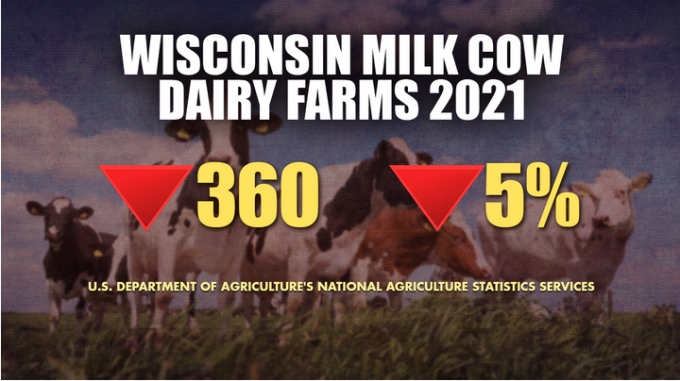
Data from the 2017 census on farming in the U.S. shows that Wisconsin and California accounted for about a third of U.S. sales. Sourse: Fox News
America’s small dairy farms are disappearing as larger agricultural operations are producing more milk, cheese, ice cream and butter at lower costs.
Some small family farmers can’t compete.
There seems to be a red barn on every corner in Waterloo, Wisconsin. But you likely won't find any cattle inside many of them.
George Crave is the head cheese maker and president at Crave Brothers Farmstead Cheese. He drove around the town of Waterloo pointing out where cattle farms have closed.
"There’s a barn over there. See that? No cows," Crave said. "Dairy farming, you have to understand, is a 24/7 operation."
He’s seen small dairy farms in Waterloo vanish over the past 40 years.
"There are about 15 farms in the township here. They used to milk cows, (but) don't milk cows anymore. However, we produce more milk on this farm than what all those other 15 farms produced in a day," Crave said.
Last year, Wisconsin lost 360 dairy farms, about 5% of the state's total. It’s a similar story across the country. Nationally, 5.7% of dairy farms closed in 2021.
"The number of farms has been declining. And their average size has been growing," said Peter Vitaliano, an economist with the National Milk Producers Federation.
In 2000, there were 83,000 licensed dairy farms in the country. Today, there are fewer than 30,000.
The Feltz Family Farm and Dairy Store started in the 1990s with just 50 cows.
"We've grown to be about 600 cows now," Jake Feltz said. "I have noticed, especially in the last 5-10 years, some of those smaller farmers in our area have closed down."
Vitaliano says consolidating into bigger farms usually means lower prices at the grocery store.
"We're seeing prices that in previous normal times would lead to an explosive increase in milk production. We're not seeing that because it's getting very, very difficult and expensive to expand production," Vitaliano said.
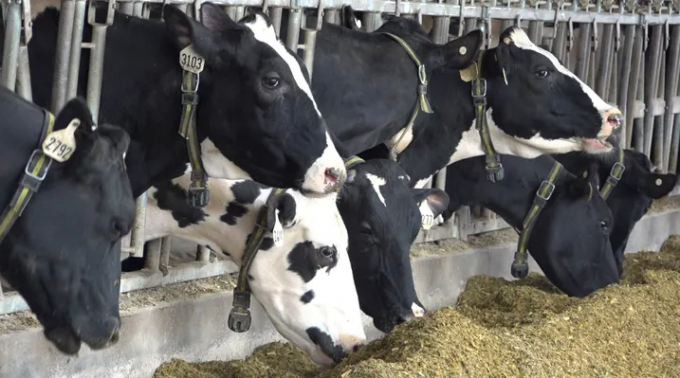
George Crave with Crave Brothers Farmstead Cheese says people are consuming two to three times more cheese than they were 15, 30 years ago, which has driven dairy sales. Photo: Fox News
But inflation is increasing prices, and supply issues are helping drive that.
"Construction materials are hard to get and (there are) huge delays in getting lumber, any construction materials," Vitaliano said. "Farm machinery is almost impossible to get. There are huge delays in availability, and there's a lot of partly finished farm equipment sitting on lots just like there are buyers waiting to get computer chips, which are in short supply.
"We're looking at historically high milk prices this year. But costs are going to be also historically high because replacement cows are getting hard to find. Labor is very hard."
Vitaliano says the growth of commercial farms has a bit of a social cost because rural communities are losing population, which means they lose schools, hospitals and medical care. But many of these farms give back to the communities in other ways.
Crave Brothers Farmstead Cheese says it has donated to local schools, and Feltz Family Farm is booked with school field trips all next month.
Even though larger farms are more cost effective, supply shortages and inflation have made it harder than ever for farmers to buy materials and expand.
(Fox News)
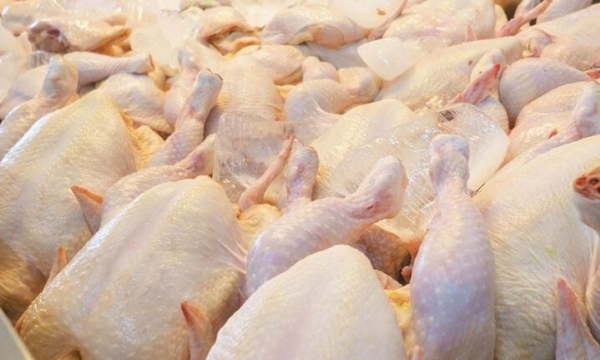
(VAN) After 2 tough years, a leading bank is suggesting that entrepreneurs and businesses should look at capturing investment opportunities in Asia’s poultry supply chain.
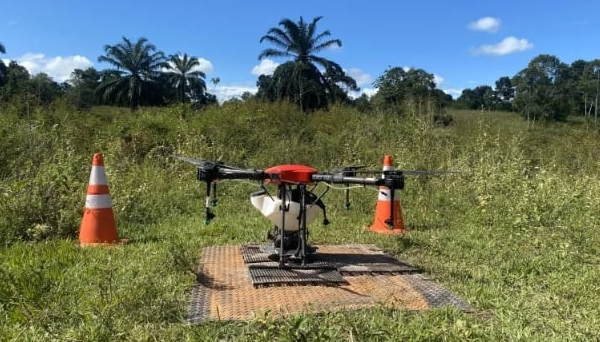
(VAN) Drones are being used to replant degraded areas of forest in Brazil – how successful have they been so far?
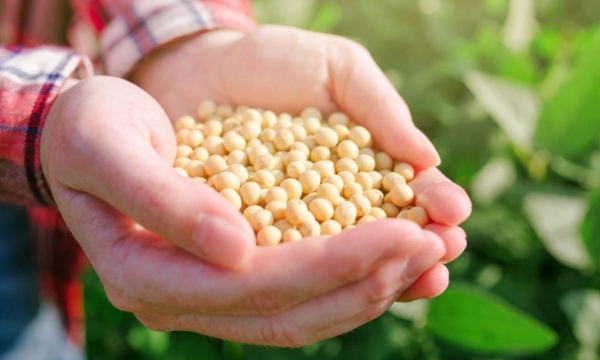
(VAN) The upcoming U.S. soybean harvest is expected to approach record levels, but exporters had sold practically none of it as of last week, a typical time when new-crop sales may start to roll in.
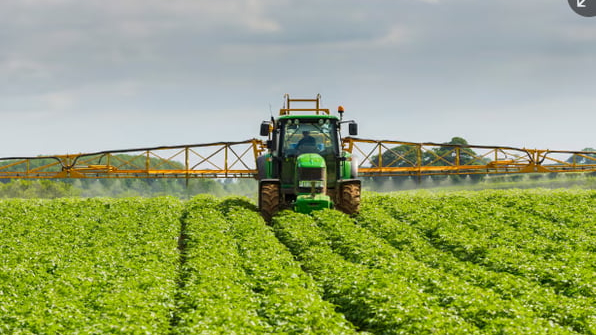
(VAN) Edible oil droplets trap bugs without the harm to people and wildlife that synthetic pesticides can cause.

(VAN) The Silks Hotel Group – Taiwan’s largest publicly-listed hotel group – has announced a cage-free sourcing policy.
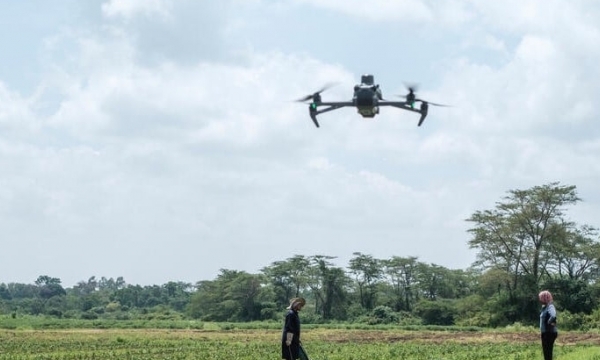
(VAN) Director-General QU Dongyu spoke at the Business Federation of the G7 in Rome
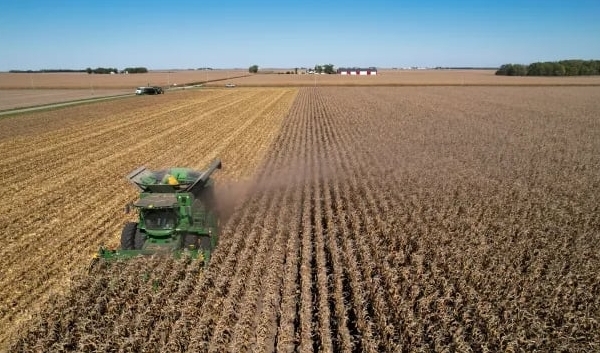
(VAN) Pharmaceutical, manufacturing and big agriculture interests have spent more than $400 million lobbying Congress on a new farm bill, a new report has found.